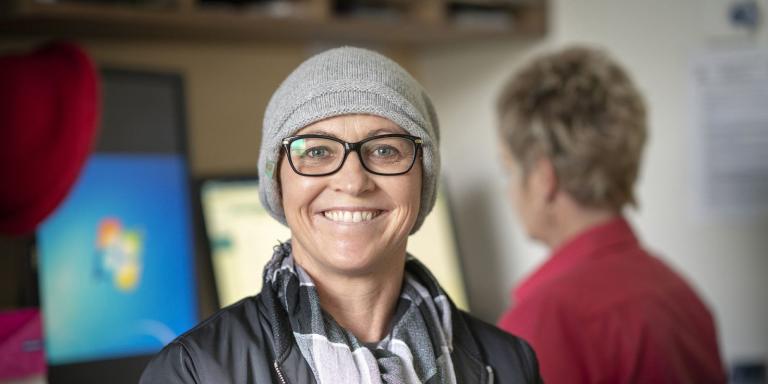
Our history
Northern Cancer Service

The W.P. Holman Clinic, Launceston was established within the Launceston General Hospital in 1952.
Initially, the clinic was established as a branch of the Peter MacCallum Clinic, Melbourne under the administration of the Victorian Cancer Institute.
In 1986 The Tasmanian Government assumed responsibility for the service and the clinic was renamed the W.P. Holman Clinic in memory of Dr. William Prout Holman as a tribute to his extensive work in cancer treatment in Tasmania.
Dr. W.P. Holman established an oncology based medical practice in Launceston in 1925, providing the basis for radiation oncology services in Tasmania.
History of cancer services in Northern Tasmania
View the history of cancer services in Northern Tasmania as an image with photos
| 1925 | Radiation therapy services commenced in Launceston when Dr William Holman obtained 50mg of Radium needles purchased from Brussels. |
|---|---|
| 1928 to 1929 | An additional 100mg of Radium was provided by the Commonwealth Government |
| 1934 | Dr William Holman was awarded a Fellowship of the Faculty of Radiologists London for work on the treatment of breast cancer utilizing Radium needles. |
| 1937 | A deep X-Ray machine (200 to 400kV) was purchased through the fundraising efforts of the Tasmanian Cancer Committee. |
| 1943 | Recommended by Drs Ralston and Edith Paterson (UK), an agreement between Victoria and Tasmania enabled a centralised Institute of Radiation Therapy services in Melbourne combined with Launceston and Hobart. |
| 1950 | The Cancer Institute Board Victoria named the radiation therapy service the Peter MacCallum Clinic in honour of Professor Peter MacCallum. For his services to the Cancer Institute he received a knighthood in 1953. |
| 1957 | A radiation therapy centre was built at the LGH and named the Launceston Peter MacCallum Clinic. The centre was opened by the Hon. Robert Cosgrove MHA Premier of Tasmania on the 30th November. The centre housed both superficial and deep x-ray units and a Theratron Junior Cobalt-60. |
| 1958 | Spurr Wing was purchased to provide accommodation for patients. |
| 1960 to 1970 | Combined ear, nose and throat clinics, as well as gynaecological clinics were set up. Outpatient chemotherapy commenced. |
| 1977 | The Cobalt machine was replaced with a Philips SL75-5 linear accelerator enabling more patients to be treated daily. |
| 1979 | Inaugural meeting of Launceston Cancer Auxiliary. |
| 1980 | Combined clinics for lymphoma, leukaemia, skin and urology were added to existing outpatient clinics. |
| 1982 | Clinic was relocated with the construction of the new LGH. Deep and superficial X-Ray units were installed. Chemotherapy suite was expanded to four rooms. |
| 1986 | The Clinic was renamed after Dr W.P. Holman in recognition of his contribution to Tasmanian cancer services. |
| 1991 | Therapeutic apheresis service was commenced. |
| 1994 | A new bunker constructed to house a dual energy Linear Accelerator. |
| 1996 | Launceston commenced after loading high dose rate brachytherapy. |
| 2006 | Peripheral blood stem cell harvesting was added to apheresis service. |
| 2008 to 2012 | A further two bunkers were constructed. The Clinic now has three dual energy Linear Accelerators. |
| 2011 to 2013 | The department was refurbished, now contains a state of the art oncology/apheresis service as well as a radiation therapy unit including Tasmania's sole High Dose Rate Brachytherapy facility. |
